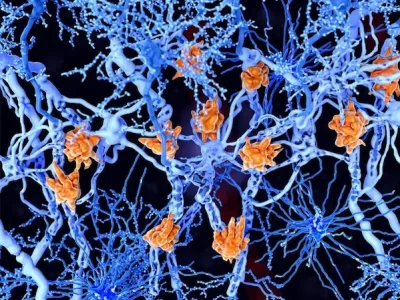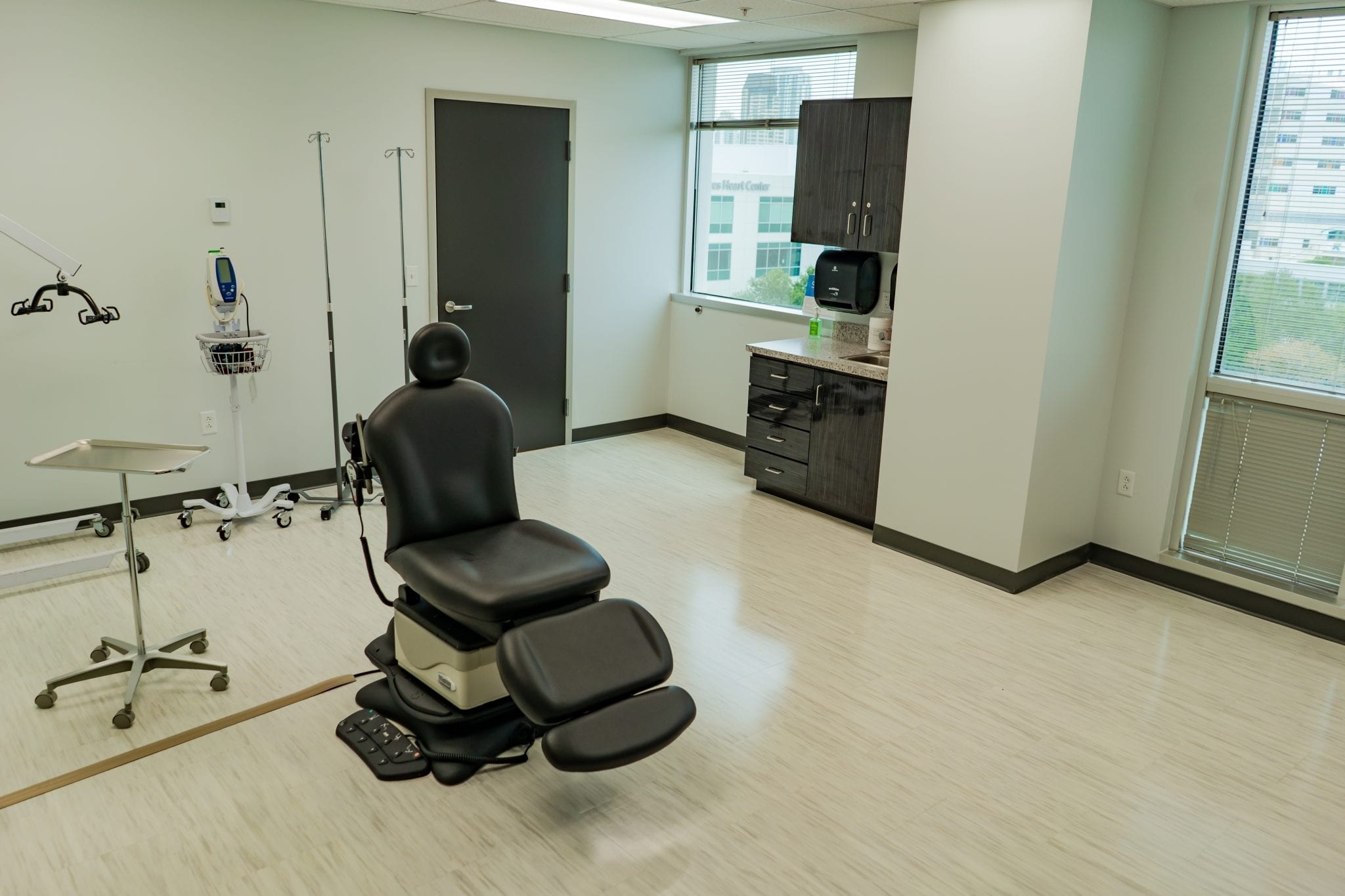Not known Incorrect Statements About Regenerative Medicine For Multiple Sclerosis
The Buzz on Regenerative Medicine For Multiple Sclerosis
Table of Contents4 Easy Facts About Regenerative Medicine For Multiple Sclerosis ShownThe Best Guide To Regenerative Medicine For Multiple SclerosisThe Buzz on Regenerative Medicine For Multiple SclerosisNot known Facts About Regenerative Medicine For Multiple SclerosisAll about Regenerative Medicine For Multiple SclerosisThe Ultimate Guide To Regenerative Medicine For Multiple SclerosisRegenerative Medicine For Multiple Sclerosis Can Be Fun For Anyone
The mesenchymal stem cells transplanted during stem cell treatment can separate and develop to create new cells that can replace the damaged cells of the nervous cells. This may recover neurological features in individuals with this problem. These advantages of stem cell treatment are more sustained by the capability of MSCs to promote recovery.People with multiple sclerosis are typically treated with mesenchymal stem cells. These are multipotent stem cells that have the ability to differentiate and grow to create a variety of cell key ins the body. Once hair transplanted, these stem cells can create to develop healthy afferent neuron therefore supporting the regeneration of the broken tissues of the anxious system.
As soon as hair transplanted, the stem cells move to locations of inflammation or damage within the main nerve system (CNS). They are naturally brought in to the sites of injury where the immune system is attacking the myelin sheath, the protective covering of nerve fibers. The stem cells work by promoting the repair and regrowth of harmed myelin, possibly recovering function to influenced afferent neuron.
The smart Trick of Regenerative Medicine For Multiple Sclerosis That Nobody is Talking About
Stem Cell Study on MS The National Numerous Sclerosis Society, together with other companies, is proactively funding and supporting research study into mesenchymal stem cell therapy for several sclerosis to explore their potential and enhance therapy procedures. The goal is to develop safer and more efficient ways to utilize stem cells in treating MS.
Here are reviews from people of the Swiss Medica facility. The patient traveled from England seeking remedy for his MS signs, a condition he has fought given that 2006. For many years, he has actually fought with fatigue, wheelchair problems, and problems with his bladder and digestive tract, all originating from nerve damages.
His treatment experience was smooth. He likewise appreciated that his traveling, lodgings, and vegan nutritional choices were attentively set up. "The clinical personnel were impressive, particularly the doctor. Whatever was clearly clarified, and they were detailed in their checks. I would certainly suggest this place." The individual took a trip from Romania looking for therapy for MS after listening to favorable feedback about stem cell therapy for the illness.
Obtain a totally free online appointment to learn how stem cells will work for your situation, and what are the duration and price of the therapy. Uccelli, A., Laroni, A., Brundin, L., Clanet, M., Fernandez, O., Nabavi, S. M. Regenerative Medicine for Multiple Sclerosis., Muraro, P. A., Oliveri, R. S., Radue, E. W., Sellner, J., Soelberg Sorensen, P., Sormani, M. P., Wuerfel, J. T., Battaglia, M
Stem cells are cells in the body that can mature into grow cells that serve a specific functionDetails There are two primary types of stem cells: beginning stem cells and adult stem cells.
are discovered in some grown-up tissues and organs consisting of the bone marrow, skin, blood, and mind. Adult stem cells are not as versatile as beginning stem cells and are as a result more minimal in regards to the sorts of cells they grow right into. The unique residential or commercial properties of stem cells provide promise for new therapies that can slow/halt MS condition task and repair tissue damages in the central anxious system.
About Regenerative Medicine For Multiple Sclerosis

The procedure involves collecting stem cells from an individual's own (autologous) bone marrow. The person is after that treated with radiation treatment to deplete the body immune system and stem cells are reestablished into the body where they grow right into new, healthy immune cells - Regenerative Medicine for Multiple Sclerosis. Stem cells can be infused right into the body in different means

In 2000, the MS Culture of Canada and MS Scientific Research study Structure moneyed a clinical trial involving HSC transplants, led by Drs. Mark Freedman and Harry Atkins from the Ottawa Medical Facility Study Institute/University of Ottawa. The aHSC therapy readily available in Canada is a therapy that makes use of high-dose chemotherapy, likewise called conditioning.

The Definitive Guide to Regenerative Medicine For Multiple Sclerosis
Neural stem cells (NSC) are located in the brain and can grow right into various kinds of mind cells including nerve cells, oligodendrocytes, and astrocytes. NSCs may serve to repair or safeguard the brain and regulate the immune system. Early clinical tests in non-human primates showed that therapy with NSCs profited the development of MS-like illness in pet designs.
The outcomes from these safety and security researches are favorable for future stem cell and regenerative medication therapies in MS. Future scientific tests (phase 2 and 3) with bigger numbers of participants and controls are required to assess the effectiveness of this therapy for MS. As demonstrated by the examples over, there is a huge array of research study taking location that will offer added solutions concerning making use of stem cells to deal with MS.
Stem cell therapy is considered safe, however, like any type of medical procedure, it brings some risks, such as short-lived swelling or pain at the shot website. Severe side effects are rare when executed by qualified specialists.
Everything about Regenerative Medicine For Multiple Sclerosis
Several sclerosis (MS) is a chronic condition of the main nerves that impacts the brain and spine. It is identified by the destruction of myelin, a substance that covers nerve fibers, causing interruptions in interaction in between the brain et cetera of the body. Signs can differ commonly and consist of muscular tissue weakness, vision problems, inequality, and exhaustion.
Multiple sclerosis is defined by the immune system mistakenly striking the protective sheath (myelin) that covers nerve fibers, triggering communication issues between the brain and the remainder of the body. The condition can cause the damage or permanent damage of nerves. Signs and symptoms vary commonly among people and can include tiredness, wheelchair problems, pain, and cognitive adjustments.